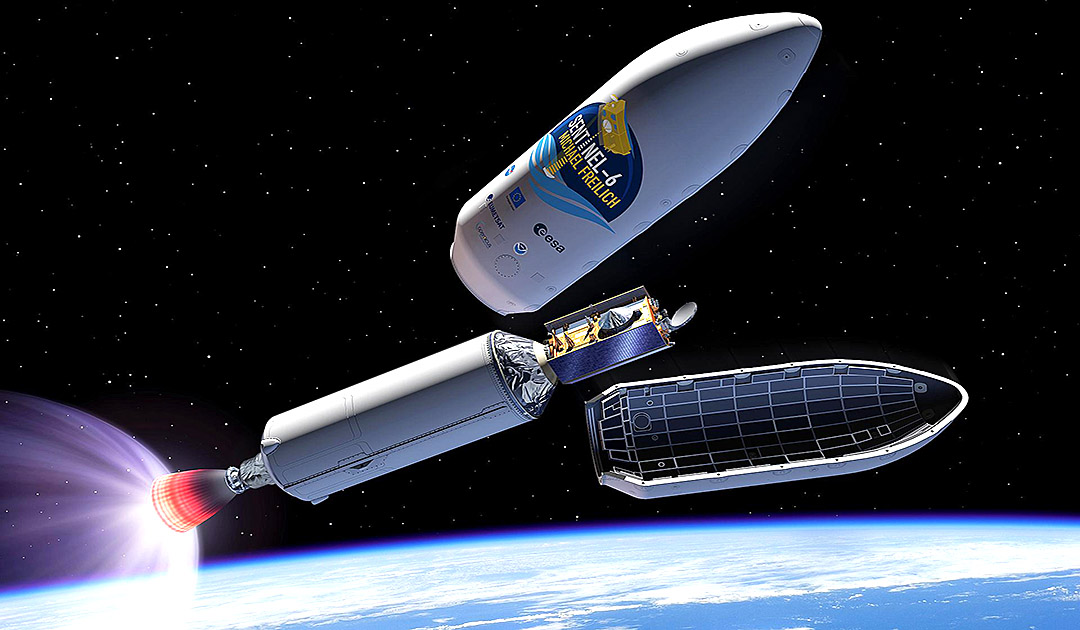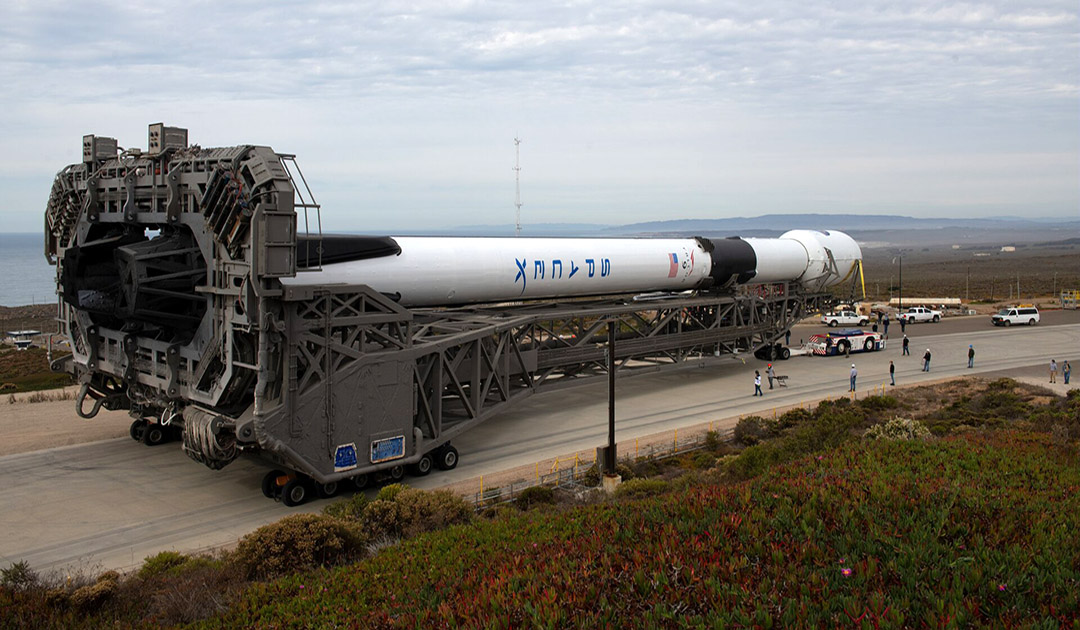
The research satellite “Sentinel-6” successfully launched into space on November 21, 2020 at 18:17. It took off from Vandenberg Air Force Base in California aboard a launcher. The US space agency Nasa had broadcasted the launch live on its website. The satellite is designed to observe and accurately map the Earth’s oceans to document impacts of climate change.

The launch was originally scheduled for November 10, but was postponed until November 21 due to a review of the launch rocket’s engines. With a Falcon 9 rocket from space company SpaceX, the 1,362 kg satellite “Sentinel 6” was launched into space as the first of two identical satellites. The “Sentinel-6 satellite Michael Freilich” was named in honor of the recently deceased former director of NASA’s Earth Science Division,Michael Freilich, who had contributed significantly to the further development of space-based ocean measurements.
From an altitude of around 1,336 kilometres, the satellite will measure the sea level inch-perfect. The data of “Sentinel-6” is transmitted in real time and is freely accessible to everyone. “Sentinel-6” was built by Airbus in Germany. The satellite carries a radar altimeter, a microwave radiometer and instruments to accurately locate the satellite in orbit. Together, the instruments will closely monitor changes in sea level down to a few centimetres. Among other things, scientists want to better predict climate change. The Earth orbit time is 112 minutes. In just ten days, “Sentinel-6” manages to record the complete survey of the world’s oceans. As part of the “Copernicus” Earth Observation Programme, the satellite is controlled from a control centre near Eumetsat in Darmstadt.

The planned mission duration of “Sentinel-6” is set at 5.5 years. The identical sentinel-6B satellite is to be launched in 2025 and will continue the series of measurements into the next decade.
Heiner Kubny, PolarJournal
More on the subject:





